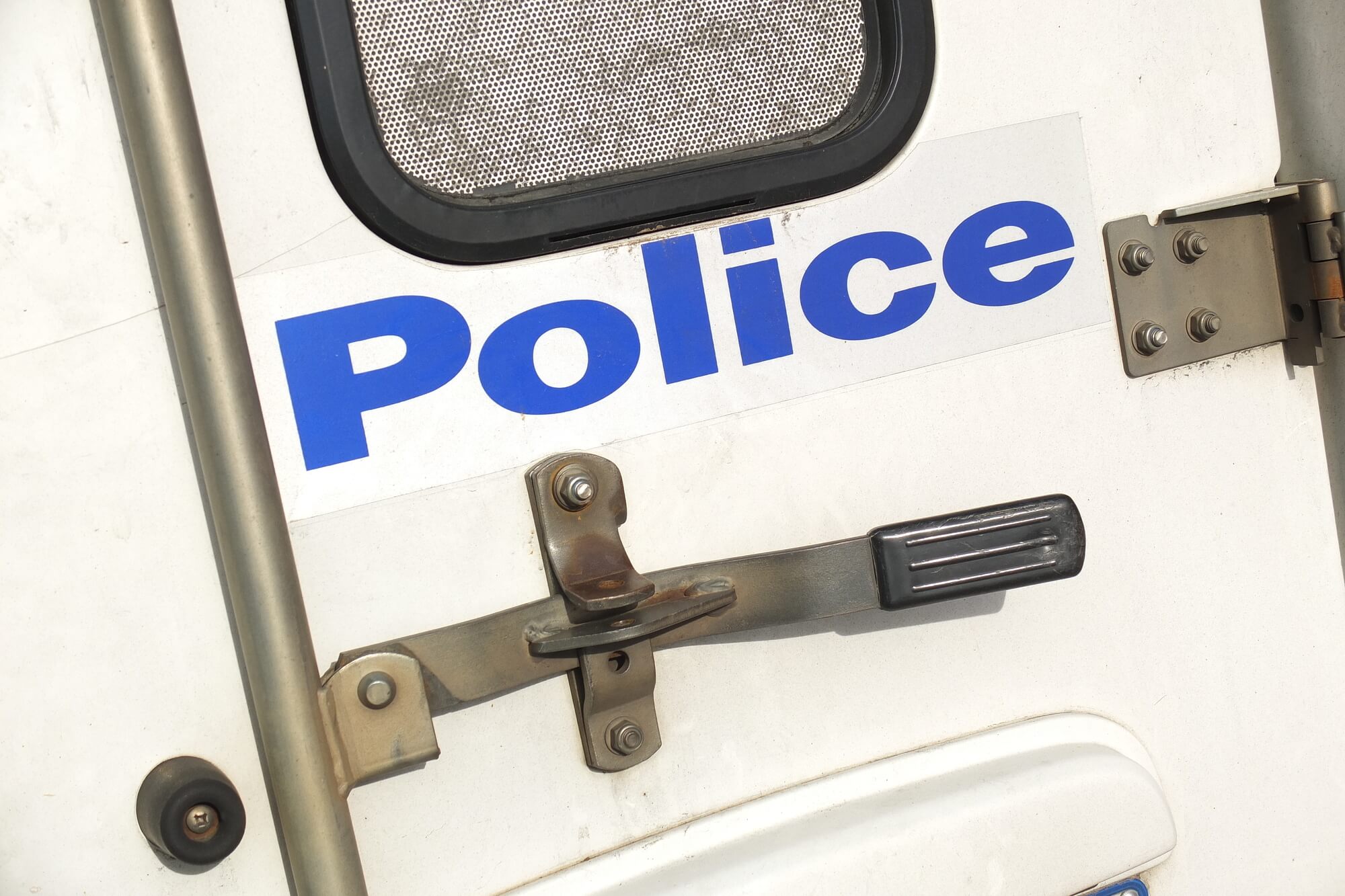 January 30, 2020
January 30, 2020
Drink driving is a factor in about one in every seven crashes in NSW where someone is killed so if you are wondering about how much alcohol you can drink and still be safe to drive the simple and safe answer is, zero.
Legally, NSW has three blood alcohol concentration (BAC) limits: zero, under 0.02 and under 0.05. BAC is what police test for in roadside alcohol breath tests. A BAC of 0.05% means that there is 0.05g of alcohol in every 100ml of blood. Under 0.05 is the legal limit for most drivers in Australia (including overseas and interstate licence holders) provided they are not subject to a 0.02 or zero limit.
The differing levels reflect driver experience and the increased duty of care owed by people who work as drivers. Which limit applies, therefore, depends on:
If you are caught over the limit penalties can include immediate loss of licence, plus fines, a requirement to install an alcohol interlock device or imprisonment. It is important for drivers to know the limits that apply to them as ignorance of the law is never a valid, legal defence.

Zero BAC applies to:
If you have a BAC limit of zero and you are caught driving with a BAC above zero, but below 0.02, and you can prove to the court that you had the alcohol as part of a religious ceremony, this will be a defence.
Under 0.02 applies to:
As little as one standard drink – a nip of spirits, glass of wine, or beer – can put your over the limit so anyone subject to the 0.02 limit is strongly advised not to drink any alcohol before driving.

You may have come across the general “rule of thumb” that 2 standard drinks in the first hour and one drink every hour following will maintain a safe blood alcohol level. Unfortunately, this is an oversimplified and dangerously misleading method to determine whether you are safe to drive.
While this social myth may appeal as a quick, easy calculation fact is, the ways in which alcohol impairs your ability to drive depends on much more than a simple count of “one or two drinks”. While alcoholic drinks are labelled in this country to indicate the number of standard drinks per bottle counting standard drinks to guess your BAC is difficult and often inaccurate because:
Think about that from a practical point of view. How would you determine the number of standard drinks from a bottle of wine you shared? Would you count the beer that got knocked over, or the one that you didn’t finish because you only had a few mouthfuls? Did you mix that last vodka, lime and soda or did someone else?
Without a doubt, counting drinks may help you determine how drunk you are. By counting aloud, you may notice increasingly slurred speech and the point at which you lose count, is a certain indication that you shouldn’t be driving. But, let’s be clear, counting drinks is neither a safe nor reliable way to determine whether you are over the limit.
Even if you know that a standard drink here in Australia is one that contains 10 grams or about 12.5ml of alcohol a “standard drink” is not a measure of your ability to drive after consuming alcohol. It is at best a guide to your alcohol consumption; it does not inform you of your Blood Alcohol Concentration (BAC) level which is what you will be tested on when pulled over by Police.

Your ability to drive safely depends on more than just the quantity of alcohol you consume. It also depends on how quickly alcohol is absorbed into your blood, the length of time it remains in your system and other physiological factors – factors which can only be accounted for on an individual and daily basis.
As an example, two people that consume the exact same amount of alcohol can have very different Blood Alcohol Concentration (BAC) levels because the effect alcohol has depends not just on the quantity of alcohol consumed but on other physiological factors such as: –
In practice, a beer or two may not put you over the BAC limit on a Friday afternoon if you’ve just eaten a burger and fries but if you’re also tired and stressed, factors which can already be impacting your ability to drive safely, then adding alcohol to the mix only increases the risk posed to yourself and all the others drivers on the road. Hence the warning to “Know Your Limit” and how that can change from day to day. If you need further guidance and legal representation for pending DUI charges the team at Rivere Law are here to help.




